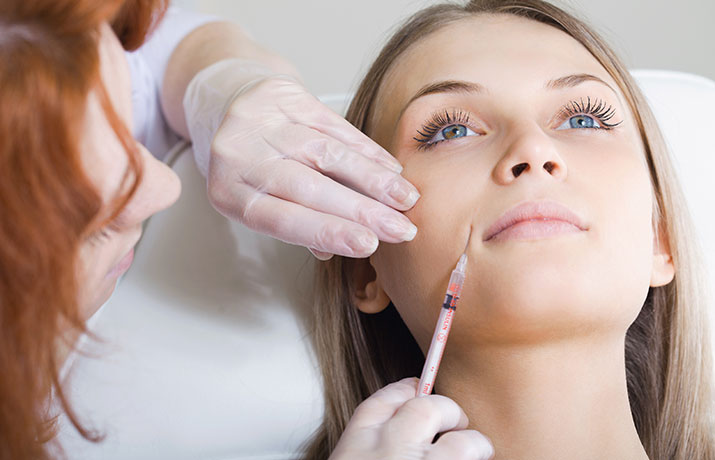As a Man, when was the last time you said to your wife or bed partner, “you were really snoring last night”? Snoring is a textbook symptom of obstructive sleep apnea (OSA) and can be under-diagnosed in women due to its long standing reputation of being a “man’s disease”. In addition, women often lack a bed partner’s observation of snoring or pause in breathing. As stated in this article by Hrayr Attarian, MD, FACCP, FAASM, 6 percent of women are affected by OSA and if untreated, can lead to high blood pressure, heart disease, and stroke. At AZTMJ, Dr. Stan Farrell has extensive training in treating sleep apnea and other sleep disorders. If you or someone you know might be suffering from obstructive sleep apnea, please schedule an initial consultation today with Dr. Farrell at 480-945-3629 or visit us at www.headpaininstitute.com for more information. #OSA #sleepapnea #aztmj #jawsome
Hrayr Attarian, MD, FACCP, FAASM, Member of the SWHR Network on Sleep and Associate Professor of Neurology, Department of Neurology, Circadian Rhythms and Sleep Research Lab
Abstract: Decades ago, heart disease was thought of as a “man’s disease” before well-targeted public education campaigns increased cardiac illness recognition among women and its profound impact on their health. Similarly, one of the most common sleep disorders, obstructive sleep apnea (OSA), has received a masculine label. Granted, OSA affects half as many women as men, but it is far from rare — about 6 percent of women suffer from this condition [1]. The lack of awareness in the medical community about the impact of OSA on women is partly rooted in gender bias and partly due to sex differences of the symptoms.
OSA is characterized by repeated episodes of the throat closing or narrowing enough to restrict airflow, which results in fluctuations in the amount of oxygen in the blood. This leads to numerous brief disruptions of sleep as well as poor sleep quality. Untreated OSA is a risk factor for high blood pressure, heart disease and stroke, and is associated with overall decreased quality of life and wellbeing. The “textbook” symptoms primarily include loud snoring, episodes of gasping for air often witnessed by bed partners, excessive daytime sleepiness, and waking up unrefreshed.
Between 1979 and 1988, many reports on the overwhelming predominance of men among OSA sufferers were published in prestigious journals [2, 3, 4]. This led to health care providers primarily screening male patients for OSA symptoms thereby under-recognizing and thus under-diagnosing OSA in women. On standardized questionnaires, women with OSA tend to be as sleepy as men, but are more likely to complain of insomnia, depression and fatigue rather than the textbook symptoms of the disorder [5]. Women more often lack a bed partner’s account of observed snoring and pauses in breathing and more of them come to the clinic without a spouse or a life partner who can serve as a witness [6].
Another difference among men and women is the change in the OSA risk throughout the lifespan. While a man’s risk increases linearly as he ages, a woman’s risk is relatively low until menopause and then sharply increases to reach that of similarly aged men [7]. Two exceptions are pregnant women, especially those who are obese before conception, and women with polycystic ovarian syndrome (PCOS). PCOS is a reproductive hormonal disorder characterized by higher than normal testosterone levels and problems with fertility [8]. Among pregnant women, untreated OSA increases the risk of gestational diabetes and pregnancy-induced hypertension [9].
It is essential to educate both health care providers and the population at large on both the prevalence of OSA in women and its unique clinical presentation in order to recognize and appropriately treat women with OSA. Early diagnosis and treatment can help prevent the complications mentioned above, improve overall wellbeing, and indirectly reduce the costs of managing multiple, preventable chronic illnesses.

